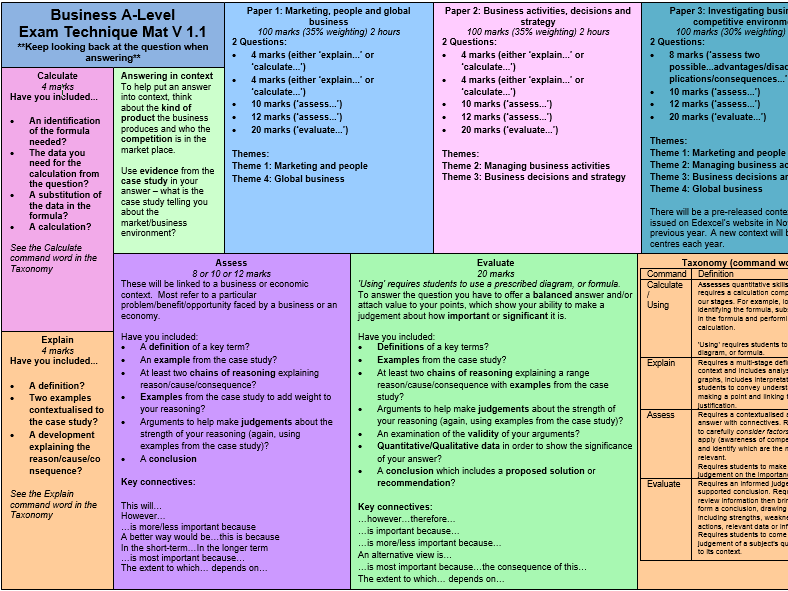Business Studies A Level Notes Pdf
Get free access to the largest up to date free notes repository for the Zimbabwe School Examinations Council (ZIMSEC) syllabus for both Ordinary Level (O Level) and Advanced Level syllabus. For the most popular subjects including Shona, Geography,Business Studies, English Language, History, Commerce, Combined Science, Principles of Accounts.

Cambridge International AS and A Level Business Studies Book by Malcolm Surridge and Andrew Gillespie.Supported by Cambridge Assessment International Education for full syllabus scope.Encourage a more profound comprehension with an extensive variety of global contextual investigations and exam planning coordinated to the key information understudies requirement for progress.This A level business studies Book pdf covers the whole syllabus for Cambridge International AS and A Level Business (9609). It is partitioned into independent segments for AS and A Level making it perfect for understudies considering both the AS and the A Level and furthermore those taking the AS examinations toward the finish of their first year. Illustrates key ideas utilizing cases from multinationals and organizations that work far and wide.
Provides hone all through the course with precisely chose past paper questions, covering all inquiry sorts, toward the finish of every part.Using and deciphering information highlight underscores and represents the significance of numeracy both as far as computations and translating numerical information.Free Revision and practice CD incorporates intelligent tests, chose answers, extra exercises, and a glossary.Answers to the inquiries in the Student’s Book can be found on the Teacher’s CD Romyou can download the A level Business studies Book PDF here.
MotivationPeople work for a number of reasons. Most people work because they need to earn money to survive, while others work voluntarily for other reasons. Motivation is the reason why people work, and it drives them to work better. Therefore, managers try to find out what motivate workers and use them to encourage workers to work more efficiency. This results in higher productivity, increased output, and ultimately higher profits.
Nowadays, machinery is more common in businesses which results in increased productivity as well. However, the amount that a well motivated workforce can produce must still be recognised, since employees are a firms greatest assets!Motivation theoriesPeople work very hard when they are working for themselves.
When they work for other people, less so. Managers have been looking into what makes employees contribute their fullest to the company and these studies have resulted four main theories of motivation.F.W.TaylorTheory:. Money is the main motivator.
If employees are paid more, they work more. Work is broken down into simple processes, and more money is paid which will increase the level of productivity an employee will achieve.
The extra pay is less than the increased productivity. Salaries are paid monthly, and normally straight into the bank account. They are usually for white collar workers. A salary is counted as an amount per year that is divided into 12 monthly accounts. You do not usually receive overtime. Managers only need to pay their workers once a month, and since the amount is transferred by the bank, the manager loses much less time and money calculate salary.Salaries are usually a standard rate, but other rewards could be given to employees:.
Commission: A percentage is paid, usually to sales staff, depending on the value of goods they have sold. Workers are encouraged to sell more. However, they could persuade customers to buy products they don'r really want, making the company look bad. Just like the piece rate, in a bad month where there are little sales, worker's pay will fall. Profit sharing: Employees receive a percentage of the profits made. However, they will get nothing if the business doesn't make a profit. This is often used in the service sector, where it is hard to find an employees contribution to the company.
Bonus: A lump sum paid to employees who have done well. It is usually paid at the end of the year or before holidays. However, this could cause jealousy between workers.
Giving bonuses to a team works better. Camillo sitte the art of building cities pdf to jpg. Performance related pay: Employee pay is linked to the effectiveness of their work. It is often used in organisations where it is hard to measure productivity. It uses the system of appraisal: employees are observed and their colleagues are interviewed to determine their effectiveness. Afterwards, the immediate superior of the employee has a meeting with them to discuss their effectiveness.
Share ownership: Employees receive some shares from the company. They will either benefit from dividends or sell the shares when their price has risen. They will be more motivated because they feel like a part of the company. AnonymousI am a year 11 student studying for the summer IGCSE exams and this has really helped me with my revision.
I cannot express how appreciative I am. I would like to suggest one thing. Many students at my school lost marks in the mock examinations because they had not revised exam technique and how to answer the questions on every paper. Could you make a page showing the techniques and small little tips that are required to ace these exams.
Thank you for all your efforts. From all students taking business studies IGCSE:).